

Engage prospects with a scan and streamline customer engagement with FREE QR code marketing tools by Sona – no strings attached!
Create a Free QR CodeFree consultation

No commitment

Engage prospects with a scan and streamline customer engagement with FREE QR code marketing tools by Sona – no strings attached!
Create a Free QR CodeFree consultation

No commitment
Farm equipment repair services face mounting pressure to streamline operations, improve equipment uptime, and keep maintenance costs in check, all while providing fast, reliable support to growers and agri-business clients, as detailed in this ag marketing guide. Relying on traditional analog processes such as printed maintenance schedules, manual work order forms, or outdated service logs can result in missed appointments, lost service opportunities, and poor visibility into both equipment and customer interactions. This often means high-value prospects go unnoticed, critical engagement signals are missed, and service outreach lags, giving competitors a chance to win business first.
As farm machinery grows increasingly sophisticated, technicians and operations leaders need immediate, field-accessible records such as diagnostics, repair histories, or up-to-the-moment equipment manuals without chasing paper trails or outdated spreadsheets. A common frustration arises when potential leads and valuable account insights never make it into the CRM, leading to incomplete targeting and lost revenue.
QR codes provide a practical bridge between offline equipment and digital service workflows. With just a scan, farm operators and technicians can access the latest on machinery, submit service requests, and drive up-to-date interactions, all while generating valuable data that enriches understanding of equipment demand, user intent, and engagement patterns.
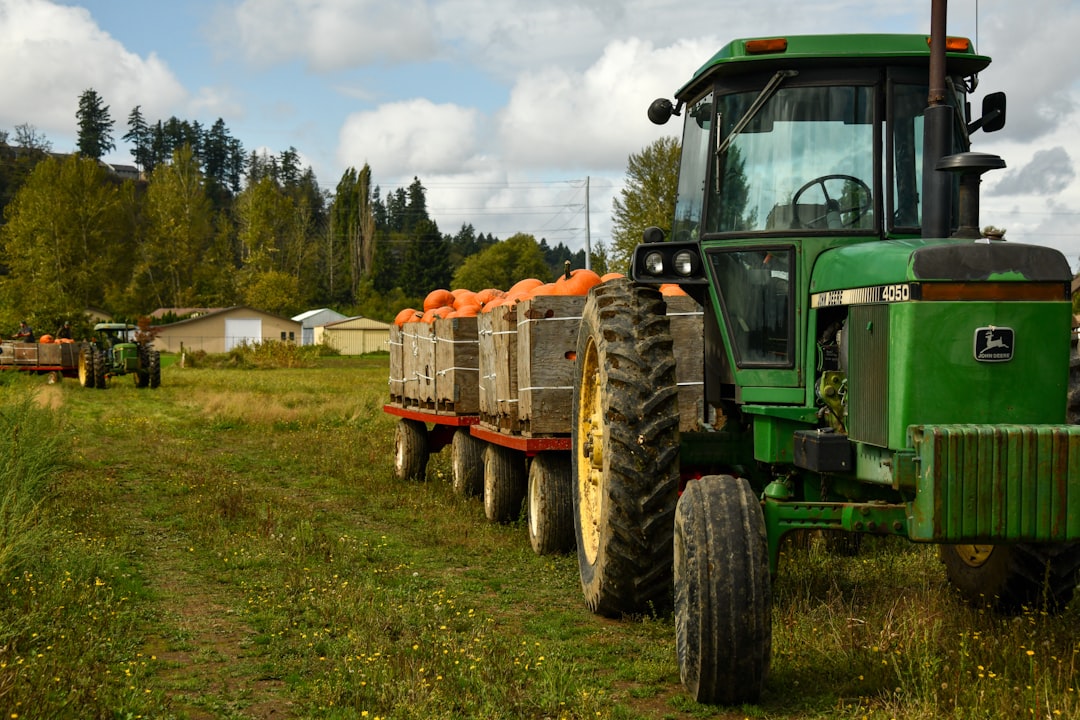
A persistent challenge in farm equipment repair is the gap between on-site equipment issues and timely, data-rich response. Outdated paper checklists and fragmented work order tracking often mean that important service requests slip through the cracks, leading to dissatisfied customers and unnecessary downtime. In practice, valuable insights about equipment usage and operator preferences often remain stuck in static records, or worse yet, never get recorded at all.
Modern QR code workflows allow farm service teams to replace manual paperwork with immediate, scan-based entry points for requests and service logs. Instead of handing out printed brochures or asking clients to fill paper forms, a QR code placed on the machine or invoice opens a targeted web form, customer portal, or knowledge article in seconds. By folding scan events into a repair management system or CRM, your team gets usable, timely data and your customers get faster, more accurate support.
Define success metrics before you launch by selecting measurable outcomes. For example, target a 25 to 40 percent reduction in time-to-dispatch for field breakdowns, a 20 percent increase in completed maintenance logs, or a 10 to 15 percent lift in booked service from printed campaigns. Platforms like Sona QR can manage code generation, routing, and analytics across placements, while Sona.com connects scan events to downstream pipeline and revenue for clear attribution.
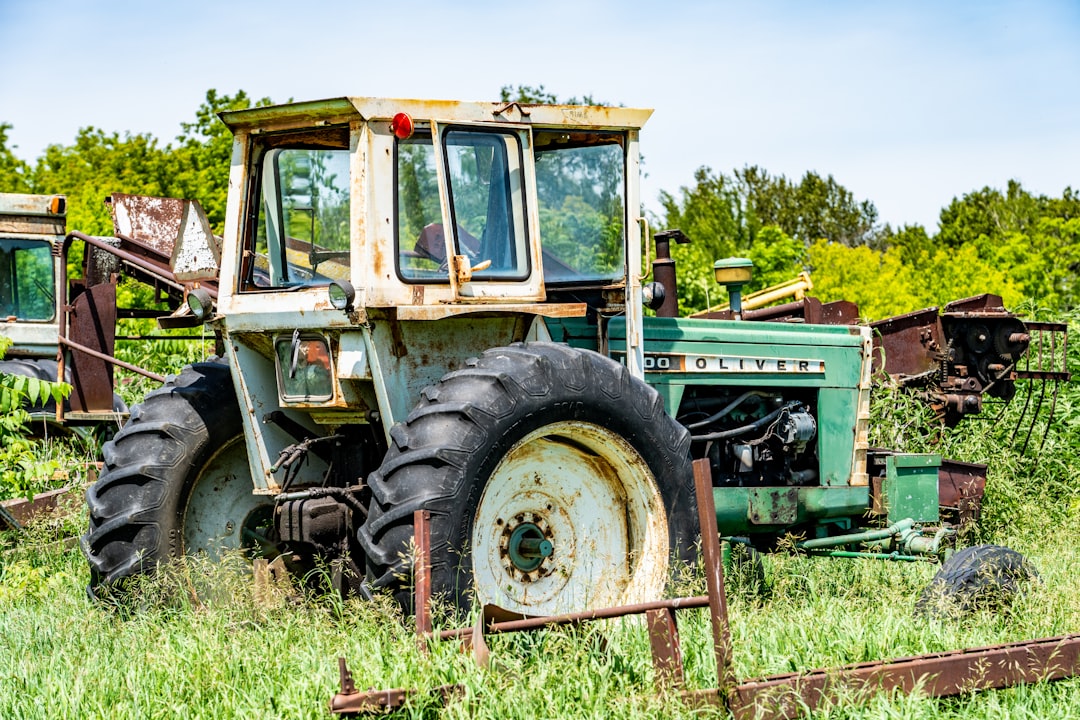
In farm equipment repair, speed, accuracy, and visibility are the difference between equipment uptime and costly delays. Traditional reminders such as flyers, appointment cards, and phone callbacks are prone to error, get lost, or become outdated as service procedures change. That friction creates delays in booking, keeps manuals out of reach, and allows high-intent prospects to remain anonymous. QR codes remove the friction by converting any surface into an actionable step that is trackable and easy to measure.
Farm service teams can embed QR codes into the daily rhythm of work: on equipment, invoices, trailers, and signage. A scan moves an operator directly into a clean workflow such as booking, parts lookup, or emergency escalation. This conversion of physical interest into digital action is what turns anonymous activity into meaningful data that improves response times and enhances marketing precision.
These advantages matter in agriculture where equipment downtime is expensive and seasons are short. With QR-driven workflows, both urgent field requests and routine maintenance can be captured instantly, ensuring that fewer opportunities slip away.
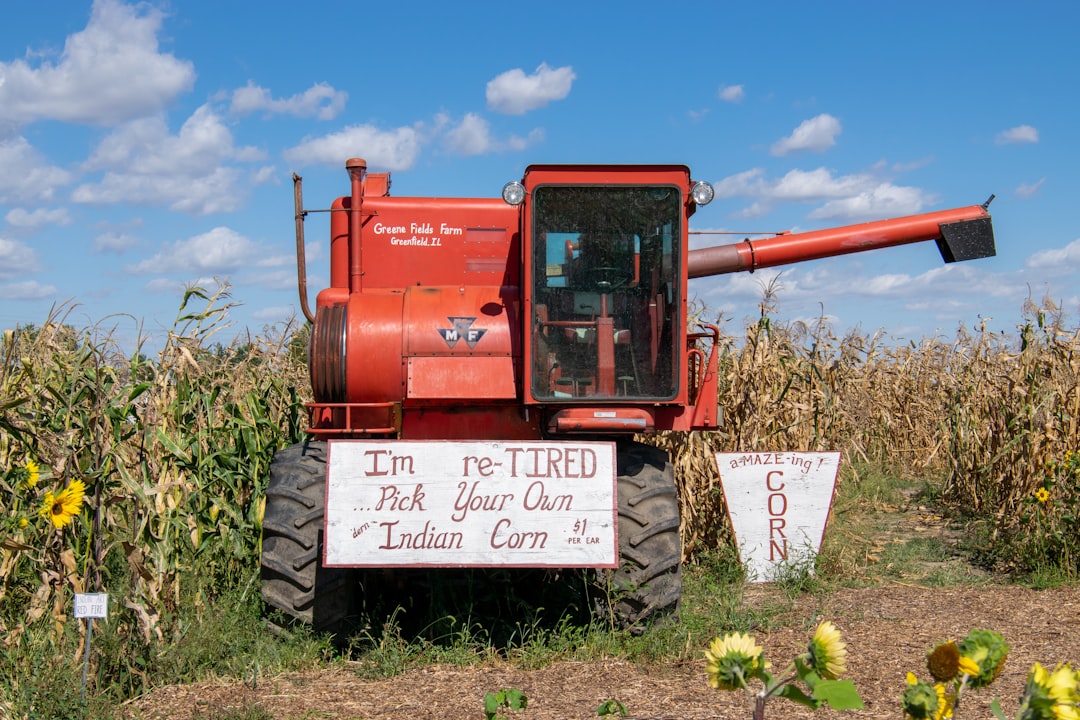
Farm equipment repair operations handle a wide range of interactions, from emergency breakdowns to warranty claims. Choosing the right QR format and destination for each use case is essential. Sending every scan to a generic homepage wastes intent. Scans should resolve to specific, mobile-friendly actions aligned to the moment and the equipment.
Successful repair providers select the format based on context: an on-equipment code for service requests, a vCard on a tech’s badge, or a pre-filled SMS for urgent help. When possible, use dynamic QR codes to retain flexibility long after printing.
With Sona QR, you can generate and manage these formats from a single dashboard, switch destinations without reprinting, and track performance by code. That flexibility is essential in agriculture where models, attachments, and service procedures change.
Growth comes from placing the right QR codes where operators already look for help. Treat QR codes as a strategic service layer rather than a one-off gimmick. The goal is to capture intent signals across the lifecycle: first inquiry, routine maintenance, emergency escalation, parts research, and post-service feedback.
Think through the operator’s day. Where do they encounter your brand, your technicians, and their equipment’s service information? Each of those surfaces is an opportunity to invite a scan and translate interest into data and action.
These placements do more than improve convenience. They fill data gaps that undermine forecasting, staffing, and marketing strategy. When you can see which machines, locations, and clients are engaging, you make smarter decisions on parts inventory and technician scheduling.
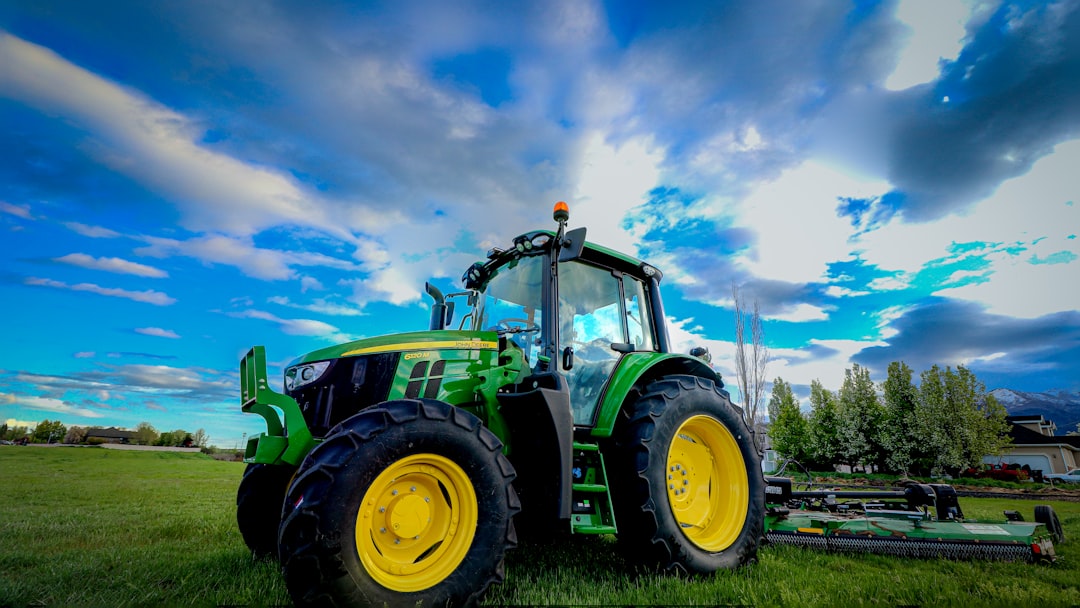
Repair businesses often struggle to maintain complete, current records, respond to issues quickly, and uncover upsell opportunities in time to matter. QR codes directly tackle these challenges by making it easy to record context-rich interactions and turn them into action.
Focus on use cases that map cleanly to high-value moments. Prioritize workflows that reduce downtime, shrink administrative work, and produce measurable engagement. Below are three high-impact examples that most farm repair operations can deploy quickly.
If you track results, you can often achieve a 10 to 20 percent reduction in missed service windows, a significant lift in parts accuracy, and a noticeable decrease in back-and-forth calls. These gains translate into more billable hours and fewer rework visits.
Every scan is a signal of interest and context: which machine, what location, and what intent. When you deploy multiple QR codes across equipment, invoices, and signs, you can segment audiences automatically and feed precise retargeting or nurture flows without guesswork. In agriculture, the distinction between an owner-operator scanning from the field and a fleet manager scanning from the shop matters for message timing and tone.
Put structure to your segmentation from the start. Plan codes and destinations by funnel stage and intent, then tag contacts and accounts accordingly in your CRM. This enables follow-up that hits the right topic at the right moment, such as a maintenance plan offer after a second emergency scan on the same asset.
With Sona QR powering codes and Sona.com providing identity resolution and attribution, each scan becomes a qualified data point in your funnel. You can prioritize outreach to high-intent accounts and stop spending effort on audiences that are not engaging. For paid media precision, explore intent-driven retargeting.
QR codes are not just links. They are connectors that make every offline impression measurable and actionable. In farm equipment repair, this means your shop signage, service vans, brochures, and field demos can all drive tracked digital interactions and follow-up. When you centralize QR management, you see which channels are producing bookings, parts sales, and contract renewals.
Integrate QR codes into the campaigns you already run. Update the creative to include a clear call to action near the code and a benefit statement like “Scan for same-day support” or “Scan for 8R service schedule.” The more explicit the destination and value, the higher the scan rate and downstream conversion.
When QR analytics are centralized via a platform like Sona QR, you can compare performance across channels, double down on the highest-converting placements, and maintain a consistent customer journey from first scan to service completion. Place codes prominently on service vans to capture on-the-go demand.
QR campaigns succeed when they are tied to a clear business outcome, adapted to the physical environment, and backed by tracking and optimization. Start with a single high-value use case such as emergency requests, then expand to maintenance logging and upsell offers. Keep design simple, placement obvious, and calls to action specific.
Use the following steps to plan, launch, and scale. For each step, confirm the owners, deadlines, and metrics so the project moves quickly. Dynamic QR management with Sona QR provides flexibility to iterate without reprinting, which saves time and cost. Start creating QR codes for free.
Following these steps turns reactive, paper-heavy workflows into proactive, insight-driven service. You eliminate blind spots, cut administrative time, and give customers faster, more predictable outcomes.
Attribution is a common pain point for repair services. Teams see more calls or shop visits after a campaign but cannot trace results back to specific materials or actions. QR analytics solve this by tying each scan to a code, a placement, and a user context so you can see how interest moved to revenue. When analytics integrate with your CRM, every scan strengthens your understanding of account health and opportunity timing.
Set up a simple attribution model that connects scan to booking to invoice. Track the conversion rate from each placement and content type. Over time, the data will show which codes produce actual revenue and which need a different CTA or destination.
When attribution is clear, budget conversations get easier. You can expand placements that drive revenue, retire those that do not, and prove the contribution of service marketing to the bottom line.
The most effective QR programs focus on clarity, placement breadth, and tight integration with service and marketing tools. Technical details like label durability and scannability matter, but so do human factors like setting expectations with a clear benefit statement near the code. For broader context, see QR in agriculture.
Choose the practices that fit your mix of in-field work, shop-based repairs, and parts sales. Then build simple habits in your team such as pointing out QR options to customers at the counter and checking analytics during weekly standups.
When your team sees QR as part of everyday service conversations, scan volume and conversion improve. The system becomes self-reinforcing because valuable outcomes encourage more use.
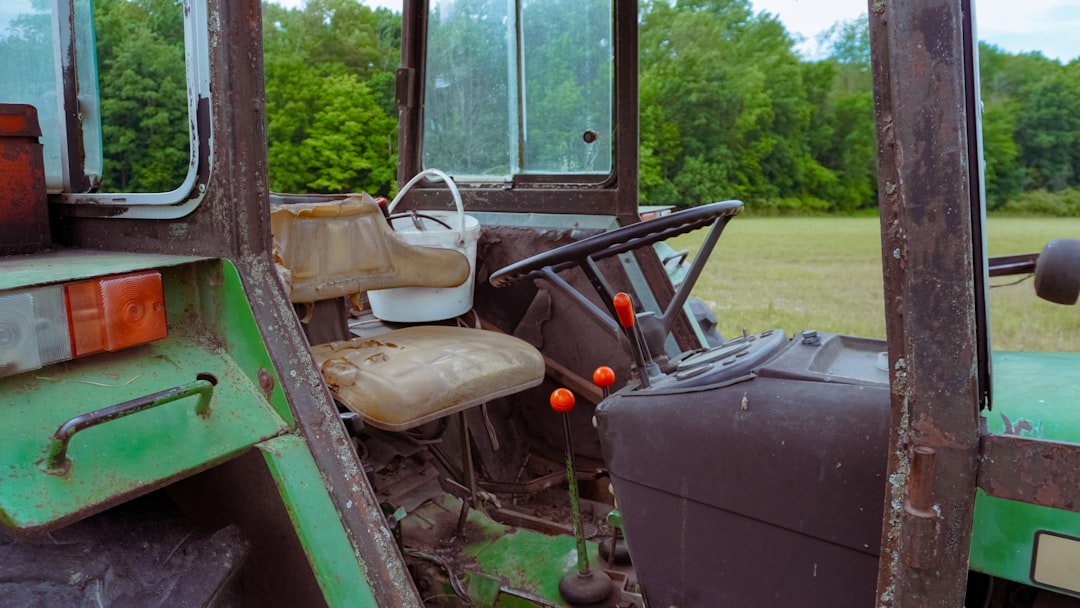
Forward-thinking farm equipment repair services are solving old pain points with simple, creative QR deployments that meet operators where they are. The best ideas pair a specific physical context with a clearly worded action and a destination that delivers immediate value. Explore more applications with this overview of QR in agriculture.
Use these examples as starting points. Adapt them to your equipment mix, customer base, and local growing conditions, then measure and refine until you find the combinations that consistently produce results.
These campaigns make every offline moment a portal to digital value. They also turn one-time interactions into data that fuels smarter service, sales, and marketing decisions.
Success with QR codes depends on thoughtful execution in real-world conditions. Farm environments are tough on materials and attention spans are limited when equipment is down. By anticipating wear, placement challenges, and user questions, you can avoid the common missteps that derail QR programs.
Build a checklist for the field and shop teams. Include design standards, materials, placement recommendations, and documentation for updating destinations. Revisit this checklist each season to incorporate technician feedback and analytics insights.
Attention to these details keeps your QR system reliable and valuable. Over time, the program becomes integral to your brand experience and operational cadence.
QR codes are transforming farm equipment repair services, bridging the vital gap between on-field realities and digital engagement. By converting every service request, equipment interaction, and printed asset into a clear next step, these tools help providers prevent missed opportunities, act quickly on real signals, and track outcomes from scan to invoice. The strongest programs use dynamic codes, rugged labels, explicit CTAs, and a centralized platform to unify data and action.
When you integrate QR technology end to end, your team shifts from reactive fixes toward proactive, predictive service. Operators get faster help, technicians spend less time on admin, and leaders gain insight into demand, timing, and account health. With platforms like Sona QR for generation and analytics, and Sona.com for attribution and identity resolution, you can manage the full journey and prove impact. Each scan makes the path from issue to resolution smarter and more connected, giving farm equipment repair operations the tools to thrive in a connected, data-driven future. For measurement fundamentals, see Sona’s take on revenue attribution.
QR codes have revolutionized farm equipment repair services by transforming how technicians and customers access vital information quickly and efficiently. Whether it’s enabling instant troubleshooting, streamlining maintenance workflows, or enhancing customer support, QR codes replace cumbersome manuals and phone calls with seamless, mobile-friendly access to repair guides and service histories. Imagine a technician scanning a code on a tractor part and instantly receiving detailed repair instructions—saving time and reducing costly downtime.
With Sona QR, you can create dynamic, trackable QR codes tailored to your equipment repair needs, update content instantly without reprinting, and monitor each scan to gain insights into service demand and customer engagement. This means better service delivery, faster turnaround, and stronger customer loyalty. Start for free with Sona QR today and transform every scan into a faster fix, happier customer, and a more profitable repair service.
Use QR codes placed on equipment, invoices, and signage to quickly access service requests, technician contacts, and booking forms that connect you to reliable repair services.
Common issues include breakdowns needing emergency repairs, routine maintenance tasks, parts replacements, and calibration or software updates.
Use QR codes on equipment to log maintenance tasks, access model-specific checklists and manuals, and schedule regular tune-ups to ensure higher maintenance compliance and fewer failures.
QR codes provide instant access to service requests, manuals, and parts catalogs, improve tracking of maintenance history, reduce administrative work, and enable measurable, data-driven repair workflows.
Repair costs vary widely, but using QR code-enabled workflows can reduce downtime and improve parts ordering accuracy, ultimately lowering overall maintenance expenses.
Place QR codes on equipment and invoices to enable quick booking, use digital reminders, and track maintenance logs digitally to ensure timely and efficient scheduling.
Scan asset-specific QR codes to log maintenance tasks digitally, which updates the equipment's service history in real time without duplicate data entry.
Signs include unusual behavior noted during maintenance scans, emergency breakdowns reported via QR code forms, and alerts generated from trending equipment issues.
Use QR codes linked to model-specific manuals, troubleshooting guides, and technician contacts to improve service accuracy and enable fast, informed repairs.
Dynamic QR code systems integrated with CRM and repair management platforms offer real-time tracking, instant service requests, digital maintenance logs, and data-driven customer engagement.
Use Sona QR's trackable codes to improve customer acquisition and engagement today.
Create Your FREE Trackable QR Code in SecondsJoin results-focused teams combining Sona Platform automation with advanced Google Ads strategies to scale lead generation

Connect your existing CRM

Free Account Enrichment

No setup fees
No commitment required

Free consultation

Get a custom Google Ads roadmap for your business






Launch campaigns that generate qualified leads in 30 days or less.
